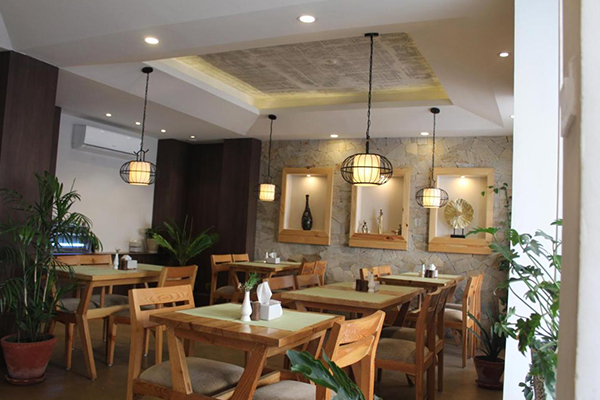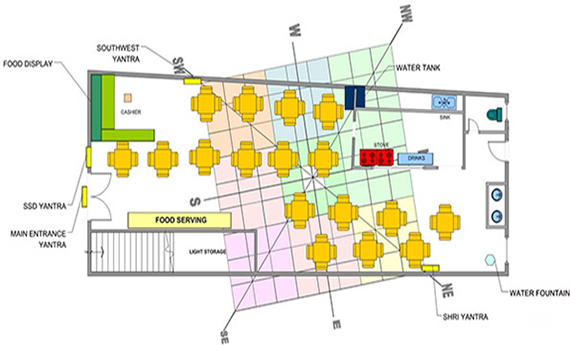

Restaurant Vastu involves applying the principles of Vastu Shastra to the design and layout of restaurants with the aim of creating a positive and harmonious environment. The goal is to enhance the overall dining experience for customers and promote the success and prosperity of the restaurant.
Here are some key considerations for Restaurant Vastu:
- Entrance: The entrance of the restaurant is crucial in Vastu. It should be well-lit, inviting, and free from obstacles. The entrance door should ideally face a positive direction to attract positive energy and customers.
- Seating Arrangements: The layout of tables and seating arrangements should be designed to facilitate a smooth flow of energy and create a comfortable and pleasant dining atmosphere. Vastu may provide guidance on the placement of tables and chairs to enhance the overall dining experience.
- Kitchen Placement: The location of the kitchen is significant in Restaurant Vastu. The kitchen is associated with the element of fire, and its placement may be guided by Vastu principles to ensure positive energy flow and the overall well-being of the restaurant.
- Cash Counter or Billing Area: The cash counter or billing area is where financial transactions take place. Vastu principles may guide the placement of the cash counter to enhance financial prosperity and attract positive energy.
